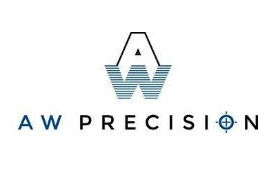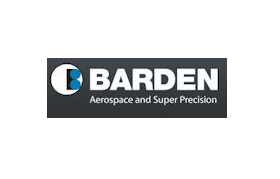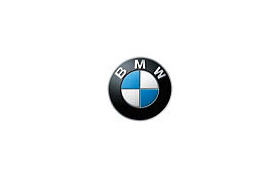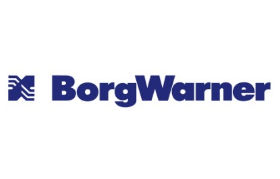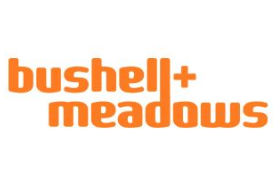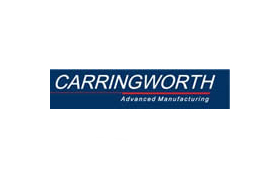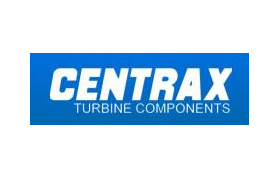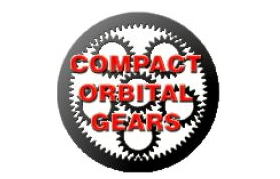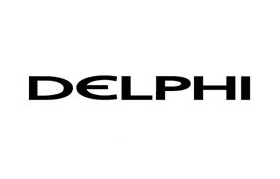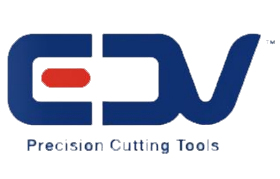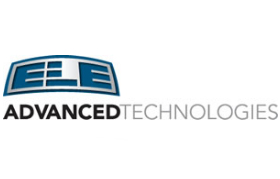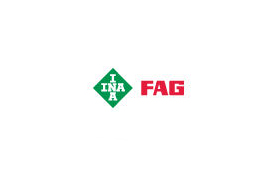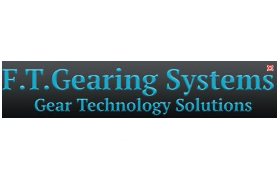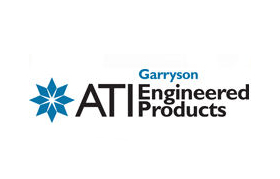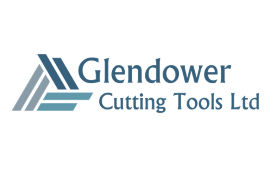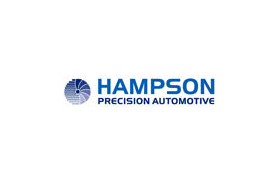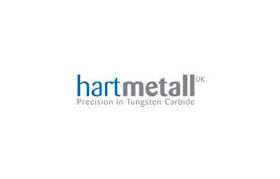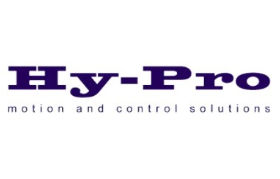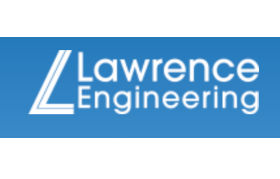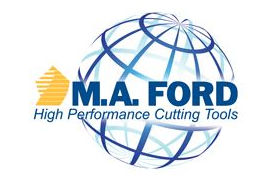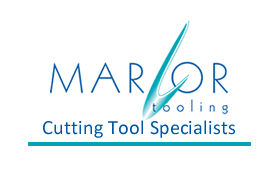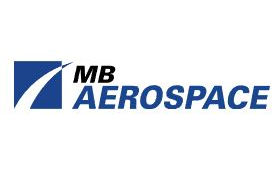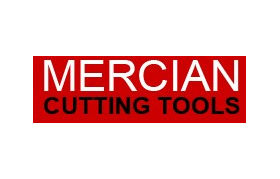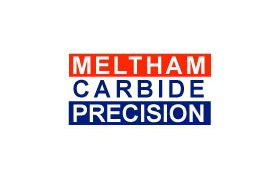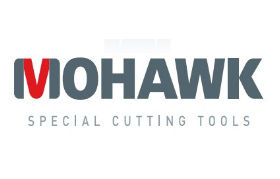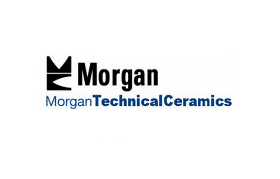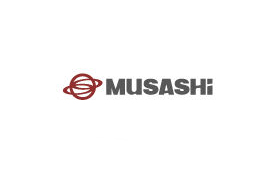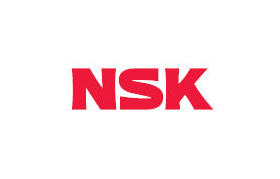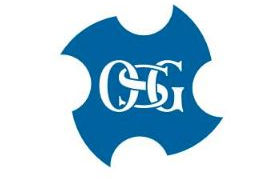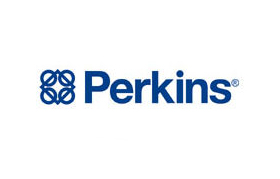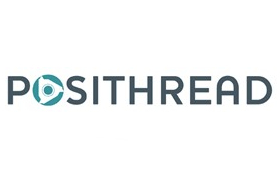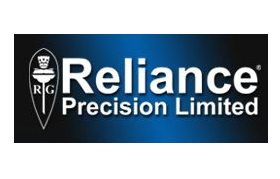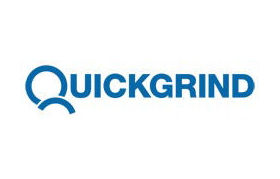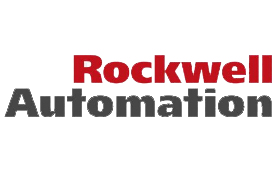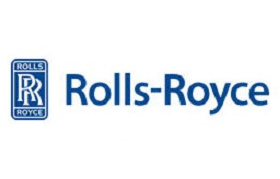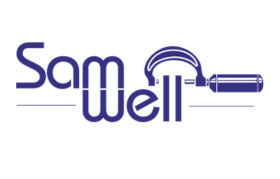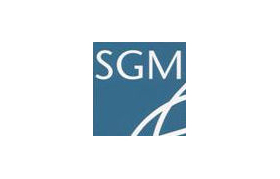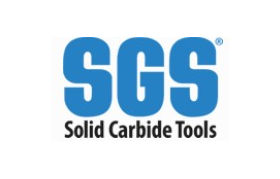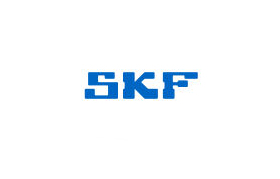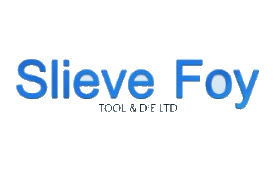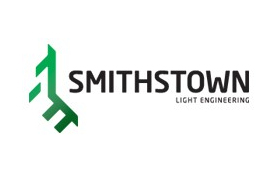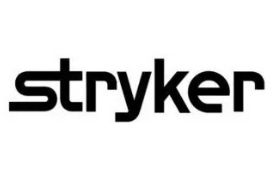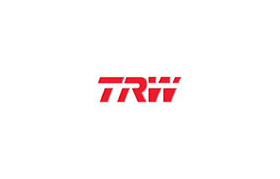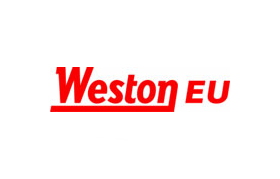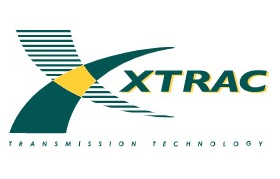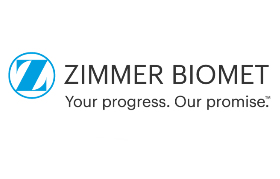FAST AS FEMTO – WHATS IN A SECOND?

New machines are being developed all of the time and very occasionally a new process too but it’s not that often that you come across something that is so far ahead of anything else and operates on such a high technical level that one can only marvel at how staggering the engineering development really is. This is one of those rare occasions.
Engineers are used to fighting seconds; especially when it comes to reducing cycle times, and over the years Advanced Grinding Solutions has been tasked with achieving cycle time savings where every second counts. However, understanding exactly how Rollomatic’s latest laser machine for manufacturing PCD and other very special tooling works, requires an understanding, on a completely different level, of what time really is.
A microsecond is one millionth of a second, a nanosecond is one billionth of one second, a picosecond is one trillionth of one second. All very short and fast but the Rollomatic LaserSmart® 510 Femto Laser machine works in femtoseconds. A femtosecond is one quadrillionth of one second. It can also be expressed as 1,000 picoseconds or 1,000,000 nanoseconds or if you like it’s actually a million billionth, of one second or 1,000,000,000,000,000th of one second.
So, just how short is a femtosecond? At this level numbers can get a little hard to appreciate. One way to look at this is in terms of how far light can move in a given amount of time. Light travels about 186,000 miles in one second. That means it travels about 30 centimetres in one nanosecond. In one femtosecond, light travels just 300 nanometres — just slightly larger than the smallest bacteria.
Another way of thinking, and probably the best way to understanding how short a femtosecond is, is this: One femtosecond is to one second as one second is to approx. 32 million years.
Since Rollomatic first launched the LaserSmart machines, showing the first one a decade ago at the IMTS exhibition in Chicago, they have been pioneered, championed and further developed by Rollomatic; they have together, along with their team of engineers, successfully gone on to transform this new technology into a world-leading class of extra special machine tool. Noticing the developments using short-pulse lasers or so called cold source laser systems for human eye surgery by the medical industry, Rollomatics team took inspiration from that and looked to see how the super-fast lasers could be used for manufacturing cutting tools and inserts and the Rollomatic 510 femto machine is the pinnacle of that work.
So successful has this machine been that the take up by major PCD, Diamond and CBN cutting tool manufacturers such as Paul Horn and DTS has now led to the laser machines being given their own dedicated production line within Rollomatics huge machine tool plant in Le Landeron, Switzerland.
As staggering as it may seem it’s really the case that the Rollomatic 510 Femto Laser machine does operate in femtoseconds and this brings about some major advantages when looking to manufacture PCD, Ceramic, CVD diamond and PCBN cutting tools. This is the world’s first femtosecond ultra-short pulse laser cutting machine for ultra-hard materials with 30% faster feed rates as compared to conventional laser machines with a pulse width 1,000 faster than pico lasers. Nano lasers are typically used for marking applications, and micro lasers were used for basic cutting applications.
Rollomatic are understandably secretive when it comes to specifying example machine settings but the laser machining process has many parameters that influence the cutting result. However, the main variable parameters are the power of the laser, the wave length, the frequency, the pulse length, and the machine tool axis speed etc. Rollomatics software ensures that all an operator has to do is to select the type of material to be machined (Carbide, PCD, Silicon Nitride, Zirconium Oxide, PCBN, CVD, or MCD etc) and the recommended settings are automatically recalled (whilst allowing freedom to alter those according to personal preferences and experience).
The laser pulses on the Rollomatic femto laser machine are so short that zero heat is produced; the laser beam is simply not in direct contact with the cutting tools surface for a long enough amount of time for any heat to be generated. Even when working in picoseconds or nanoseconds tiny particles of dust are melted and you can suffer from temperature transfer issues that effects the surface structure of the cutting tool. So short are the femtosecond pulses on the Rollomatic machine that material is simply lasered away, micron by micron, and is immediately vapourised with only gas being produced.
The latest Rollomatic laser machines are 450% faster than the last generation and some 500% faster than the conventional EDM process that is most often used to machine PCD tooling. Apart from the huge cycle time savings the unique laser process creates razor sharp cutting edges with a radius of under 0.5um but end-users are also able to freely define a desired edge condition with a 3, 6 or 9 micron radius.
PCD tools often require a perfect mirror like surface finish. Here the Rollomatic machines have achieved a surface finish of just 0.048um Ra on a primary relief of a profile insert in PCBN material. A super mirror like finish is generally twice as rough as that and the finish was obtained at no cycle time detriment and the edge condition was also fully maintained and finishes to this level cannot be achieved by processes such as EDM or grinding.
Rollomatic’s laser process is now so fast that it’s now faster at lasering out flutes on certain micro tools like endmills and drills than conventional grinding. The laser machining of chip breakers is fully catered for with quality “above industry standards” and cylindrical margins are machined in a single clamping. The programming of negative chamfers (K-lands) is also covered and uniquely so also is the ability to fully define the cutting edge radius on cutting tools.
There are now three laser machines in Rollomatic’s line up; the LaserSmart® 510, the LaserSmart 510 Femto and the new LaserSmart 810 XL machine. The 510 versions have been developed for machining smaller tools whereas the 810 machine is used for producing larger PCD cutting tools as used by the woodworking, automotive and aerospace industries.
Apart from producing PCD tools, the machines are equally at home when machining ceramics, tungsten carbide, sapphire, glass or other ultra-hard materials and the machining process is automatically adapted to suit the chosen material. Diamond like coated, or CVD coated carbide tools are also catered for.
Coated tools offer a significantly longer tool life as compared with uncoated carbide ones but there is a drawback in that thicker coatings makes the cutting edge dull and thinner coatings often wear prematurely. Rollomatic has developed a new process using the laser machines that sharpens thicker coated carbide tools. This involves probing the surface of the coated tool to detect its exact shape and position and then using the laser to remove just enough coating to make the cutting edge perfectly sharp. Field testing has shown that tool life is increased significantly as compared with conventional un-lasered coated tools. These tools are also a very cost effective alternative to far more expensive PCD tools. c
The 510 machines have a general working range for producing tools of up to 190mm in length and from 0.1 to 80mm in diameter. The larger 810 machine produces tools of up to 350mm in length and up to 300mm in diameter with a weight of up to 15 kg.
The latest 810 XL machine that weighs some 7,500 Kg can be equipped with up to 7 cameras to ensure that every step of the lasering process can be monitored by the machine operator during actual production. The machine also benefits from a new and patented 6th CNC axis for smoother and faster sweeps of the laser beam. The automatic loading of cutting tools is standard and is done via an integrated pick and place loader with a capacity of 30 parts.
When operating at levels using femtosecond speeds that other machines cannot hope to work with, Rollomatic did not stop development of other machine components to ensure that the machine, as well as the laser process itself, is far ahead of conventional machining. The latest 810 machine uses a granite bed but now has 3D printed ceramic axis that are some 3 times lighter and 3 times more rigid than cast iron.
Any machine is often only as good as the software that allows for the manufacture of parts and here Rollomatic has another world first on any machine tool in their new Smart Programme Generator or SPG system. Here a tool manufacturer now only needs a DXF file and 3D drawing of the tool he wishes to produce and he can immediately import that into Rollomatics SPG. Once imported the operator makes as few as 5 selections and the software creates the entire machining programme and the tool is ready to be produced. This makes the complex and time consuming operation of tool programming a thing of the past. One example would be the programming of a complex step tool/form cutter that used to take 1 hour to program can now be programmed in just 2 mins.
Sven Peter, Rollomatics Laser Product Manager, further clarifies the positioning of the laser machines within Rollomatics range of advanced machinery for producing cutting tools as follows:
"Many sectors in industrial production rely upon the use of diamond tooling which is now irreplaceable as a cutting material in the form of CVD layers or as a PCD tip. However, what makes it so valuable – its unsurpassed hardness – often limited the tool geometry. With the introduction of powerful laser machines from the LaserSmart series such restrictions are overcome. Using the speed and precision of the femto laser, boundaries are literally lifted, both in terms of tool design and quality. The demand for such tools across all industry is rapidly increasing and these can now be produced not only much better but also considerably faster thanks to Rollomatics laser technology and this is lowering the costs of tooling that is further driving the market upwards for these tools"
For more information on the Rollomatic machines see www.advancedgrindingsolutions.co.uk or contact AGS on +44 (0) 2476 22 66 11

Posted by: Chris Boraston
Managing Director at Advanced Grinding Solutions Ltd
References
Our range of machines is supplied to numerous companies all around the world and the leaders in industry use these to great affect.
We have many thousands of worldwide references but customers that we have supplied equipment to here in the UK include, amongst others:
